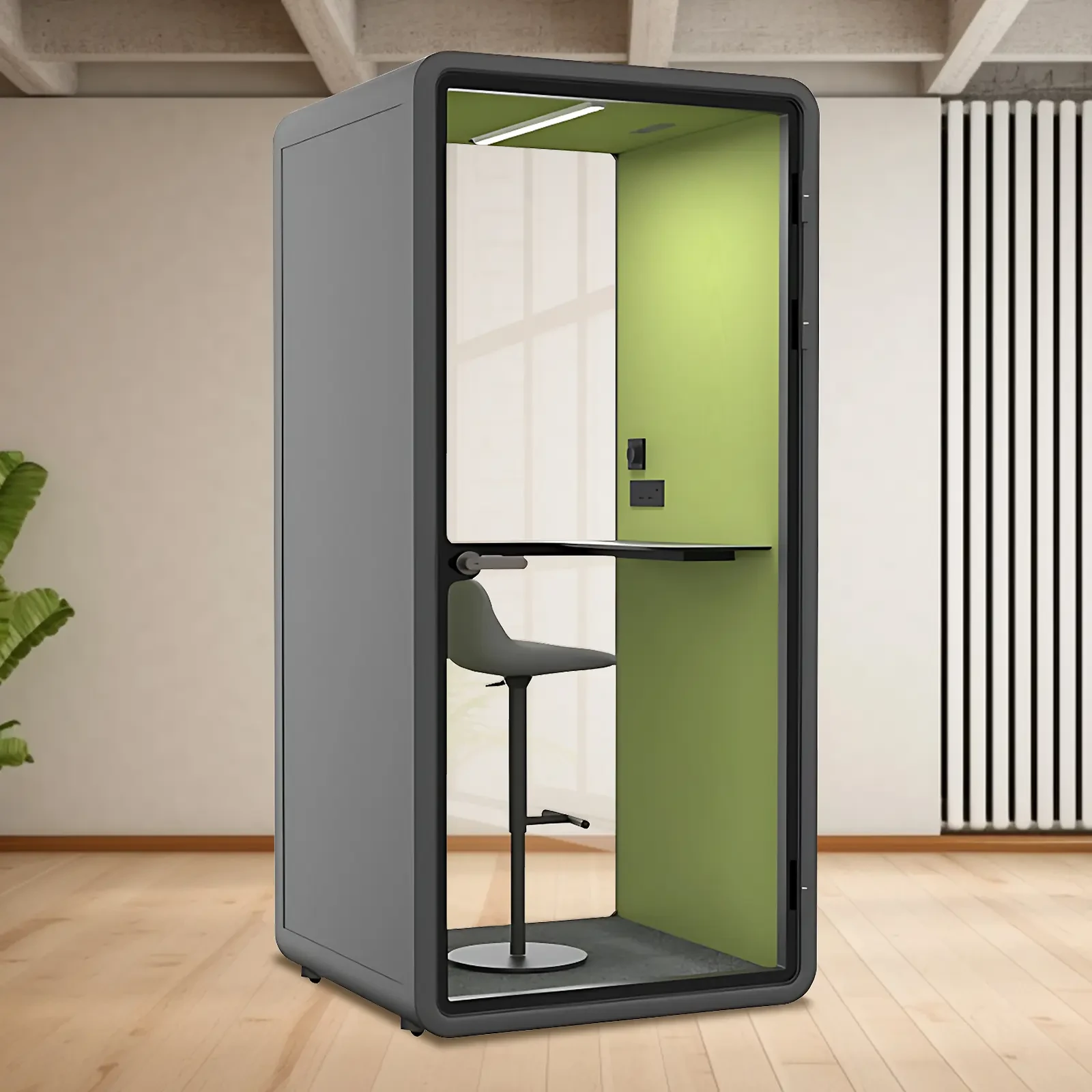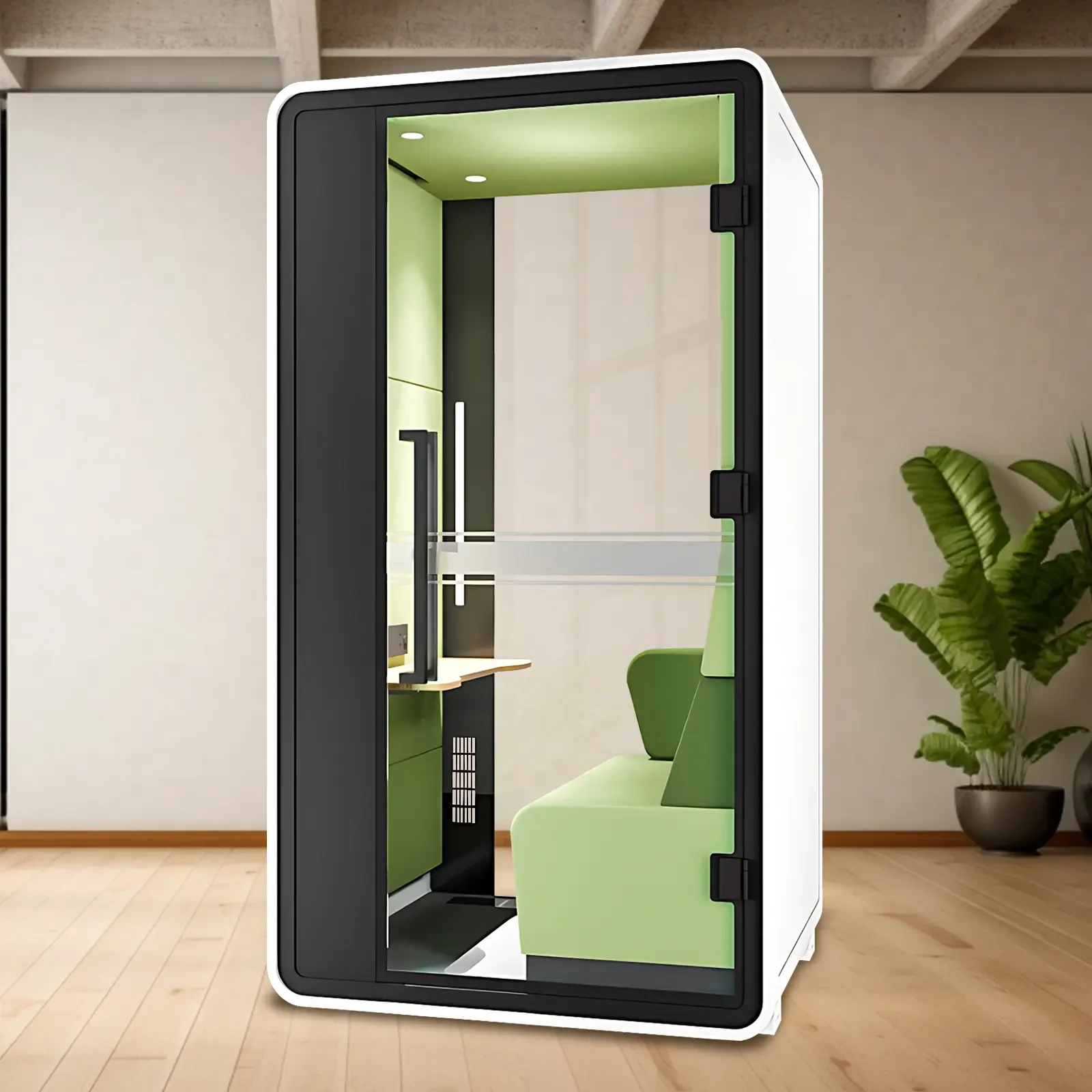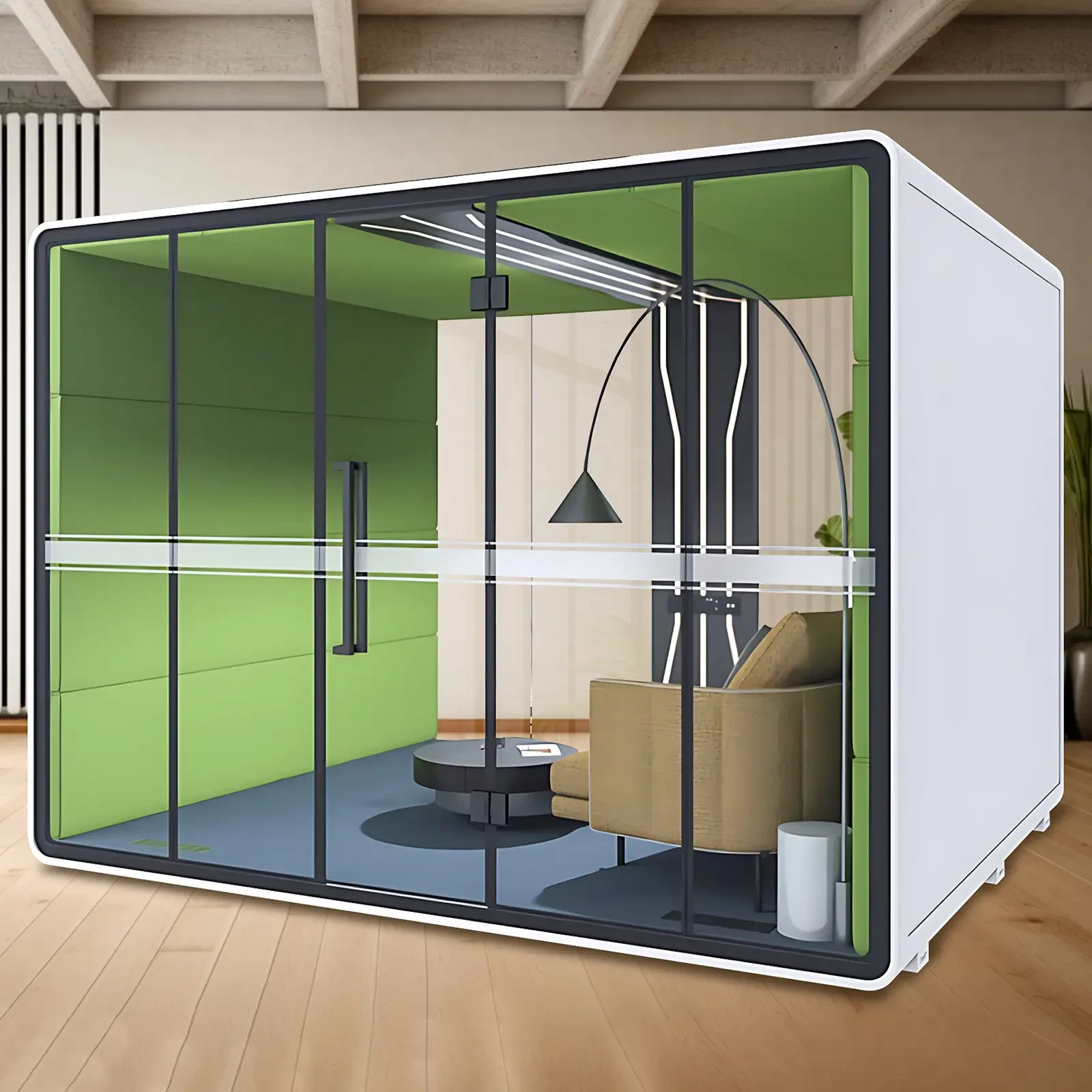When high-quality audio is the goal, and listening is the critical task, nearly every decision made in the architecture and design of the sound studio soundproofing can mean the difference between clarity and confusion, between precision and slop, between a recording that makes a listener say wow and one that leaves them saying what.
Structural Soundproofing Solutions That Minimize Vibrations
A key challenge in any auditory workspace is limiting how vibrations and low-frequency rumbles travel through the structures—walls, ceilings, and floors—that connect to the studio. Achieving this requires smart layering of materials to absorb and isolate both airborne noise and impact sound from outside the recording space.
How sound studio soundproofing works depends on hitting the targeted points of weakness, such as doors, vents, and wall studs, that are way too good at moving sound from one side to the other and just as good at moving certain frequencies around in a room, which certain people in certain spaces would rather keep private for artistic or therapeutic reasons.
Acoustic Paneling and Surface Optimization for Balanced Recording
Making a balanced studio environment requires structural changes and some attention to internal surfaces where sound reflections, echoes, and flutter can distort the recorded environment.
Those distortions make it hard to understand a sound when played back or mixed. So, that treatment of the surfaces comes in a manner that is not slapdash but gives a methodical way to reduce those sound reflections.
When you create a sound studio soundproofing environment, you want to achieve something acoustically flat; i.e., the surfaces are neutral. They do not color the sound in any way.
Soundproofed panels can also set up an ordinary room in a sophisticated manner. They suppress the irregular frequencies that can be a nuisance in a sound studio and set up an immersive sound environment. This is more than just a fine-tuned space. It is a sonic landscape.
Managing Low Frequencies and Bass Traps for Complete Isolation
Low-frequency sound waves are notoriously hard to contain because of their long wavelengths and penetrating power, which make it such a special challenge—and an absolute necessity—to take care of bass management in recording studios.
Low-end frequencies congregate in the corners of rooms where they bounce around and produce muddiness in the overall sound spectrum. They don't want to be contained or absorbed. So, if you want a sound studio to be truly soundproof, you should use bass traps that essentially 'trick' the low frequencies into shutting up.
The Role of Airtightness and Room Sealing in Acoustic Success
One of the most neglected yet vital aspects of rendering a sound studio soundproofing is ensuring complete airtight seals across the entire studio space. This is crucial because the tiniest gaps around windows, doors, or ventilation systems can allow near-inescapable sound leaks to penetrate the studio and compromise the acoustic environment.
Sealing the studio is a critical element of effective acoustic design, as it helps block both incoming and outgoing sound. This is essential for maintaining audio quality and ensuring privacy; if outside conversations can be heard during a session, they can be captured in the recording and audible during playback.
Psychological and Productivity Benefits of Acoustic Control
Besides the technical benefits of a properly sound studio soundproofing, one major psychological upside for artists and engineers working in an acoustically optimized environment is the reduction of unwanted noise—through no means of the studio occupant's own making—fosters the kind of focus that allows talent to flourish, not just on the individual level.
The payoff from noise control carries over into the realm of group dynamics. The studio is a test laboratory for theories of group creativity. If those working together can maintain their concentration in the face of all that noise, they can do so in any environment.
X-comfot Introduces the Latest Studio Soundproof Cabin 59" - 40dB Silence & Soundproof Panels. Enjoy studio-quality sound isolation in a stylish, minimalist pod. External noise is reduced by 30–40 dB, thanks to a multi-layer structure—1.5 mm of steel, 9 mm of composite board, and 62 mm of top-tier soundproofing cotton. This construction makes the pod as good as it gets as a vocal booth or podcasting space.
Recommendation
To boost the acoustic fidelity of studio environments, X-comfot offers precisely crafted solutions tailored to modern creators. Their innovations in sound studio soundproofing provide top-notch insulation materials, enlist installation expertise, and ensure optimal results for both commercial and home recording spaces. We are true experts—X-comfot delivers soundproofing solutions with excellence.

 USD
USD
 GBP
GBP
 EUR
EUR






